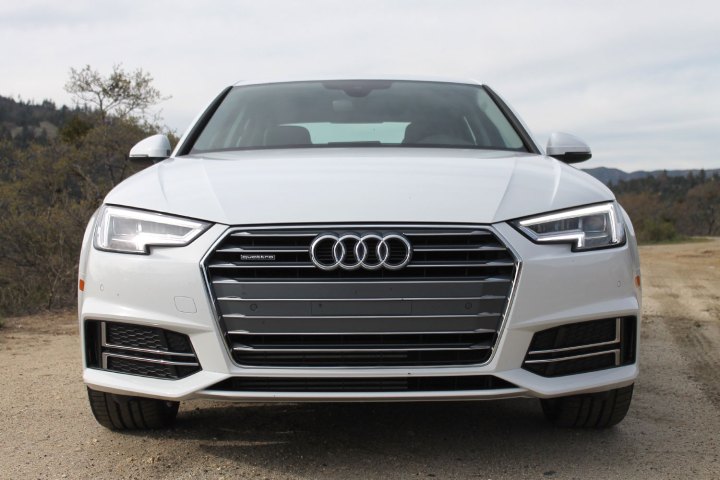
Audi has discussed using the up-and-down motion of shock absorbers to generate electricity, and now it has a working prototype system with the attractive name eROT. Combined with a 48-volt electrical system, Audi believes this energy-recovering suspension can both provide extra electrical power and increase suspension adjustability.
The suspension system uses a lever arm that absorbs the motion of the wheel as it moves over different surfaces. The arm transfers that motion through gearing to an electric motor, which converts it into electricity. Audi claims eROT recovered an average 100 to 150 watts of power during testing on German roads, corresponding to carbon-dioxide emissions cuts of 4.8 grams per mile. In a production car, the electricity could be used to power accessories, taking some of the load off the engine.
Read more: Audi takes AWD to the next level with Quattro Ultra
Audi also claims eROT offers greater adjustability than conventional suspension setups. Adjustability is important in order to strike a balance between ride comfort and handling, which require soft and firm suspension tuning, respectively. In eROT, the shock absorbers’ compression and rebound rates can be set independently of each other, which Audi says helps make achieving that balance easier. The electric-motor setup is also more compact, freeing up space, Audi claims.
The eROT setup requires a higher-power 48-volt electrical system. Many analysts believe these systems will become necessary in the next few years to deal with the increasing amount of electronics in cars. Such systems also open up the possibility of storing small amounts of electricity from regenerative braking or a suspension system like eROT to help power those electronics or a small electric motor in so-called “mild hybrid” or “micro hybrid” cars.
Audi has no firm production plans for eROT, but it does plan to put a 48-volt electrical system into production in 2017 on a new model, which will have a mild-hybrid system of some kind.


